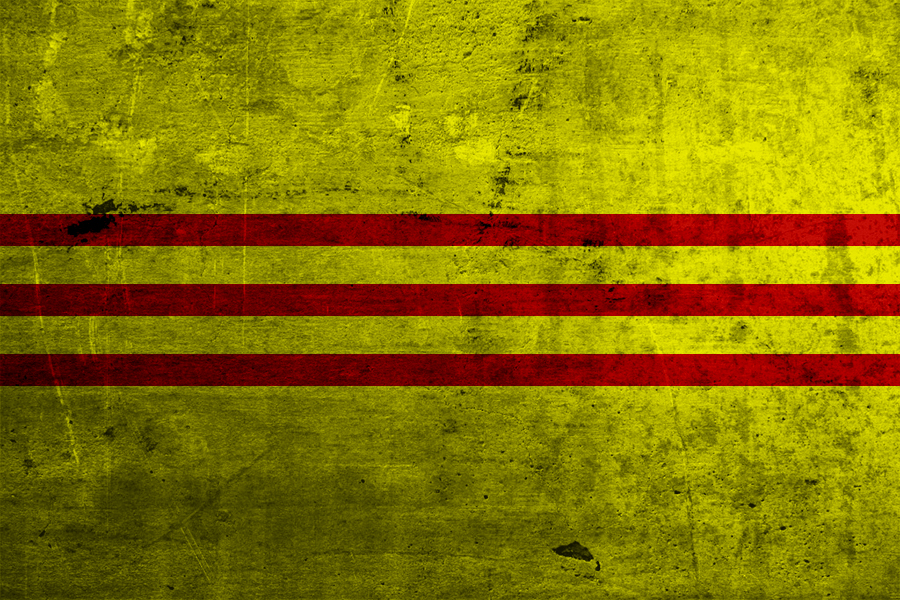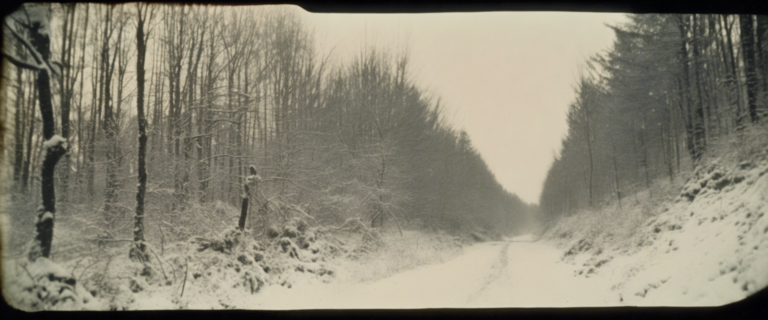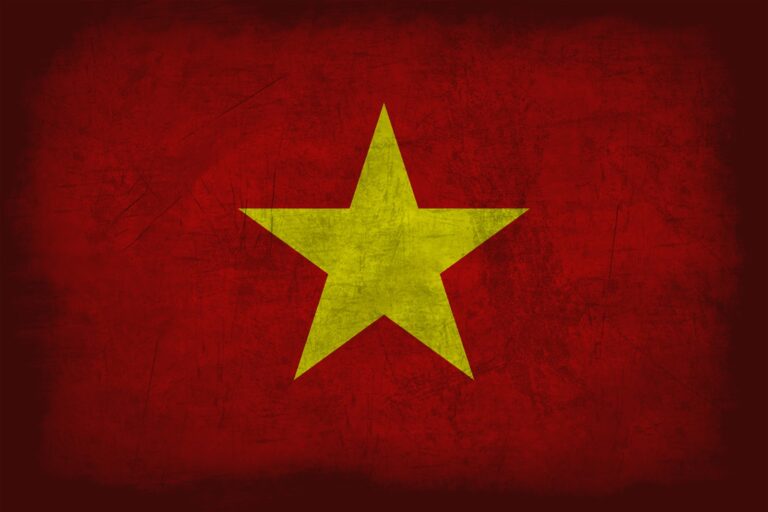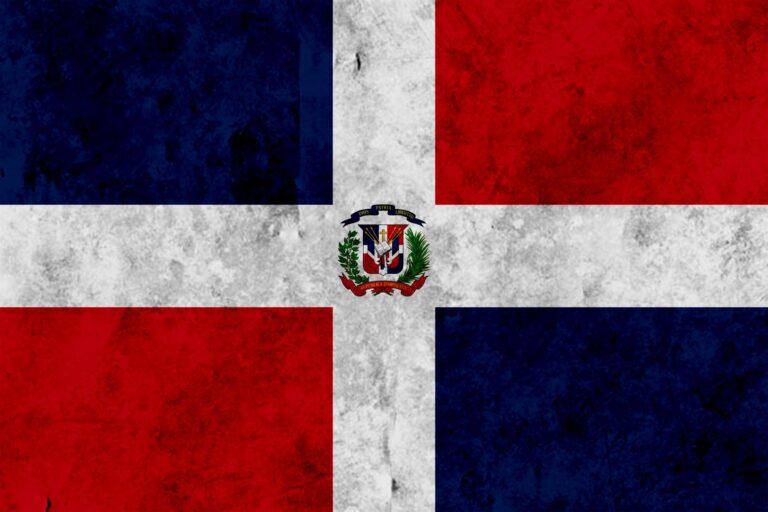Vietnam. The South.
And so, we went south. We boarded a plane and landed just outside of Hue, the old capital of Vietnam. In many ways, Hue turned out to be a forgettable city: its urban center non-existent, many historical landmarks barely recognizable as more than piles of stone.
But Hue has a story to tell. American soldiers once held this city against a furious North Vietnamese (NVA) attack. In hopes of protecting their positions, both American and NVA forces ordered artillery to fall indiscriminately over the entire city, leaving behind nothing but rubble and corpses.
Walking the streets of Hue, this was still evident. Green grass gave way to piles of rubble… women danced in long blue dresses in front of partially destroyed ancient temples, pirouetting around the dark past of Hue, where massacres of epic proportions had forced the defending Americans to eventually flee.
Most tourists don’t come to Hue to relive these memories. They come for its romantic history as Vietnam’s former capital, built along an ancient river revered for centuries. Yet anyone arriving today bears witness to destruction, and to a city still in the process of rebirth.
Hue is not a beautiful city, although one can imagine a time when it was. It stands as a testament to war—its scars visible, its lessons sobering. Americans should see it, not out of guilt but out of remembrance. Our fathers, uncles, and brothers fought here for a cause they may not have understood, but one they died for nonetheless.
A Checkpoint on the Road South
On our final day, we got into a car headed for Hoi An. The driver was friendly, telling us stories of the countryside along the way. But then we were pulled over at what seemed like a pointless checkpoint. The driver stepped out at the officer’s demand while we sat in the back, confused. After several minutes, he returned.
“We are lucky this happened in the south,” he said. “In the north, we may have been in real trouble!”
I wasn’t sure what he meant, but I smiled, said something stupid like “Oh, I know!” and we continued on.
He explained: when police see you have tourists in the car, they pull you over and demand money. “It’s a tax,” he shrugged. I felt bad for him, confused by the system, and decided I’d tip him nicely. Maybe it was just his tactic—but if so, it worked.
First Impressions of Hoi An
When we finally arrived in Hoi An, tired from the long drive, we settled into our hotel: an old French colonial house with grassy courtyards, hammocks, and ivy-covered walls. The receptionist suggested we enjoy a vieux carré while we waited for our room.
I spotted a shop across the street selling Vietnamese wine for just a few dollars. Intrigued, I bought their “finest” bottle, excited to share something unique with my wife that evening. But after half a glass, she refused to drink any more. After one glass myself, I decided French wine was the safer bet.
The Lure of Hoi An
The next day we ventured into town. It was hot—so hot I bought a children’s shirt to use as a makeshift handkerchief. But the city had energy. Shops overflowed with custom-made suits, dresses, shoes, and ties. If you’re in the mood to spend money, Hoi An will happily oblige.
My advice: if you need a new suit, get one here—it will be well-made and affordable. But if you don’t, run. The city will convince you otherwise, and the charming tailors, with their stories of family and livelihood, are nearly impossible to resist.
The Beaches of Hoi An
The beaches just 20 minutes away, however, are paradise. We left the bustle behind for two days by the South China Sea. Our beachside room was spartan—a bed, a hammock, and a sandy path to the ocean—but the peace was unmatched.
After a day of Tiger beers and swimming, we walked to dinner at an expat bar, where Europeans lounged on couches overlooking the sea. But on the walk back to retrieve my forgotten wallet, I saw the contrast that defines Vietnam.
First, large seaside mansions lit with laughter and luxury, owned by expats living well at a fraction of Western prices. Then, house after house of small cinderblock squares, families sleeping on bare cement floors, watching tiny televisions.
This was the real Hoi An. Not the shops, not the French hotels or tailor-made suits—but a country where the per capita GDP is less than $2,000.
I retrieved my wallet, chose the dark beach path back, and let the waves wash away the image. Because after all… what could I do?








One Comment